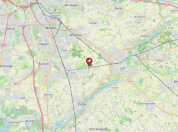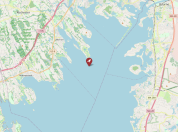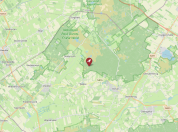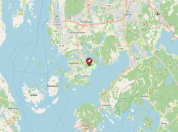Search
Filter by
Type
Tags
Dossiers
Themes
Departments
Active filters
1043 search results
Search results
-
Boshoek
Metadata of the study site Boshoek (BOS), Belgium
-
Bird Island
Metadata of the study site Bird Island (BIR), United States of America
-
Berkenheuvel
Metadata of the study site Berkenheuvel (BER), Netherlands
-
GooseHeart: A new style of life in a traditionally Arctic migratory bird
Anthropogenic change paved the way for a traditionally arctic-breeding, long-distance migratory bird, the barnacle goose to stop migrating and also breed successfully in temperate regions.
-
Bergen's Arboretum
Metadata of the study site Bergen's Arboretum (BRG), Norway
-
Banter See
Metadata of the study site Banter See (BAS), Germany
-
Bandon Valley
Metadata of the study site Bandon Valley (BAN), Ireland
-
Balatonfüred
Metadata of the study site Balatonfüred (BAL), Hungary
-
Askainen
Metadata of the study site Askainen (ASK), Finland
-
Arvidsjaur
Metadata of the study site Arvidsjaur (ARV), Sweden
